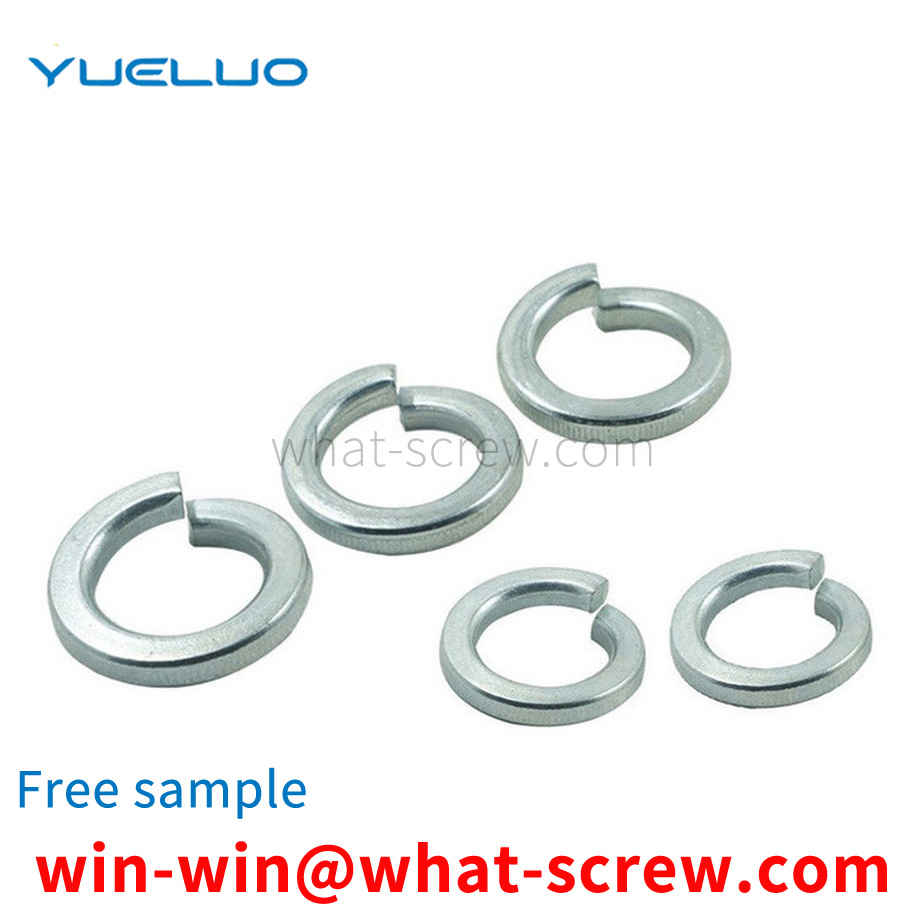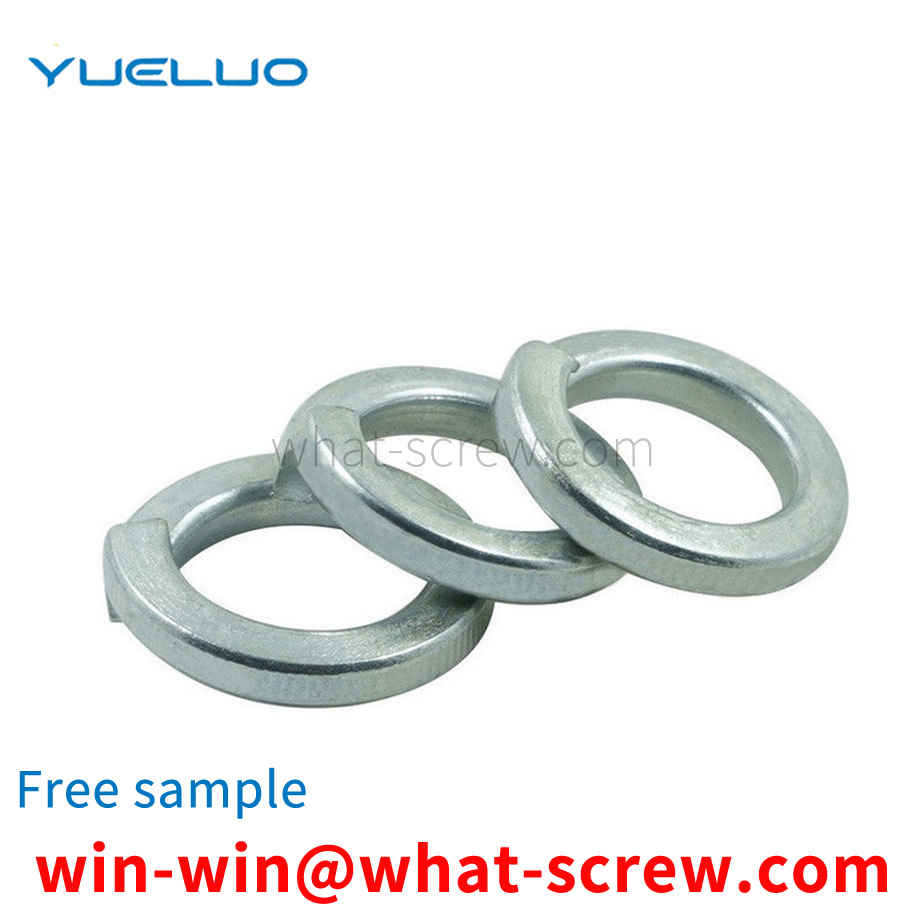The bolt thread is generally cold worked, so that the thread blank within a certain diameter range passes through the rubbing (rolling) wire plate (die), and the thread is formed by the pressure of the wire plate (rolling die). The plastic streamline of the threaded part is not cut off, the strength is increased, the precision is high, and the quality is uniform, so it is widely used. In order to make the outer diameter of the thread of the final product, the required thread blank diameter is different, because it is limited by factors such as thread accuracy and whether the material is coated or not. Rolling (rubbing) thread is a processing method that uses plastic deformation to form thread teeth. It uses a rolling (screwing plate) die with the same pitch and tooth shape as the thread to be processed, while extruding the cylindrical screw blank, while rotating the screw blank, and finally transferring the tooth shape on the rolling die to the On the screw blank, the thread is formed. The common point of rolling (rubbing) thread processing is that the number of rolling revolutions does not need to be too much. If it is too much, the efficiency will be low, and the surface of the thread teeth will easily cause separation or random buckle. On the contrary, if the number of revolutions is too small, the diameter of the thread is easy to be out of round, and the pressure at the initial stage of rolling increases abnormally, resulting in a shortening of the life of the die. Common defects of rolled threads: cracks or scratches on the surface of the thread part; random buckles; out of roundness of the thread part. If these defects occur in large numbers, they will be discovered during the processing stage. If the number of occurrences is small, the production process does not notice these defects and then circulates to users, causing trouble. Therefore, the key issues of processing conditions should be summarized, and these key factors should be controlled in the production process.
The conventional auger bit structure 1 includes a rod body 11, a screw head 12 provided on one end of the rod body 11, a drill tail 13 provided on the other end of the rod body 11, and a plurality of threads 14 arranged around the rod body 11; Wherein, the periphery of the drill tail 13 defines a parting line 15, and the parting line 15 makes the drill tail 13 symmetrically divided into a side 131 and a side 132, and a cutting end 133 is formed at the junction of the end of the side 131 and the end of the side 132, respectively. The cutting end 133 is concavely provided with a quarter-turn chip flute 134 in the same direction of the helix, and the edge 132 continues the chip flute 134 and has a quarter-turn chip flute 135 with different helical curvatures. , by connecting the chip groove 134 and the chip groove 135 through different helical curvatures, the drill tail 13 can form a symmetrical and complete chip groove of 188 degrees.
hand screw is a screw with a plastic head, and the user fixes the hand screw by turning the plastic head by hand. At present, a hand-tight screw is disclosed in the market publication number CN202203253U, which includes a plastic head and a screw rod, the plastic head and the screw rod are connected together, and the height of the plastic head is higher than that of ordinary screws, and the height is 3 cm. The screw of the hand screw is fixed in the plastic head by glue. After a period of use, the aging of the glue leads to the loosening of the screw and the plastic head. When the plastic head is stressed, the screw rod comes out of the plastic head, which affects the normal use of the hand screw.
At present, many manufacturers do not want the product to be disassembled by the user, so they set the anti-disassembly mark on the product. The common method is to apply red or blue anti-disassembly paint on the fastener, such as the nut, once the user disassembles it by himself. , the paint at the connection will fall off, and it can no longer be aligned, so that the manufacturer can judge and identify it and provide a basis for warranty. However, it is inconvenient to paint some joints, and the use of tamper-evident paint is not healthy and environmentally friendly.
According to the process, the wing nut can be divided into cold heading wing nut, casting wing nut and stamping wing nut. According to the shape, it can be divided into two basic shapes: square wing and round wing. According to the national standard number, it can be divided into GB/T62.2-2004 Square Wing Wing Nut Wing Nut Round Wing Wing Nut Round Wing GB/T62.1-2004 Round Wing Wing Nut
We have many years of experience in the production and sales of screws, nuts, flat washers, etc. The main products are: pin manufacturers, slotted hexagon nuts, GB859, GB867 rivets and other products, we can provide you with suitable fastener solutions for you.



















 Service Hotline
Service Hotline




